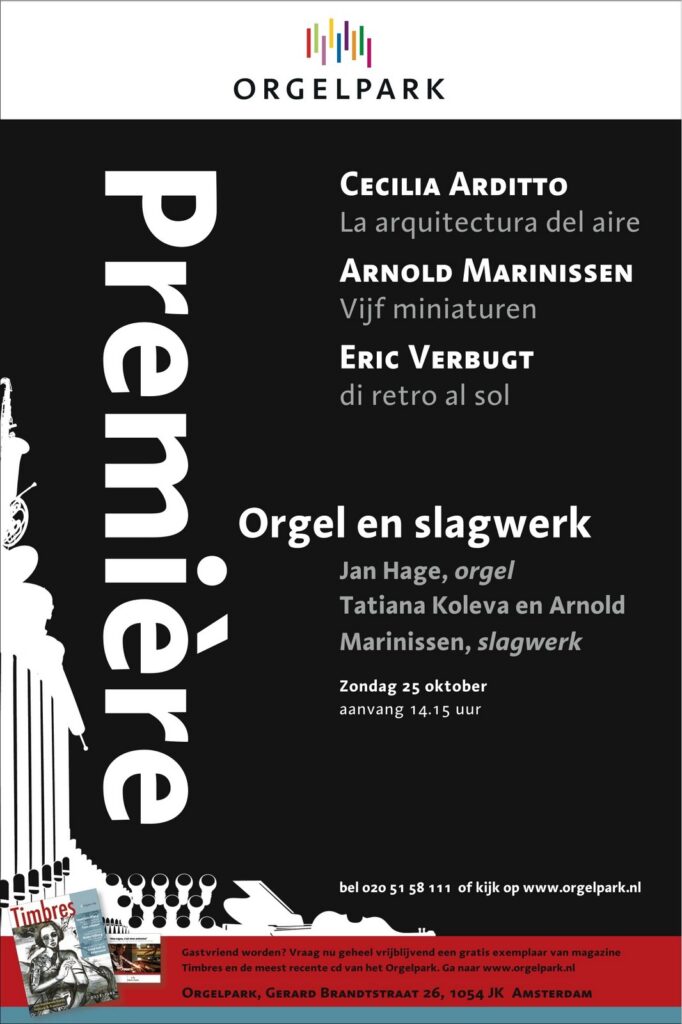Conference about my music at the University of Berlin, May 27th, 2010. Part 1/3
I will initiate this talk with some excerpts from an interview I had during the Aleph Ensemble Forum for Young Composers, in 2004 in France(1).
“First, there is the material condition of music, which is represented by the physical laws of sound. Sound constitutes a material like stone, grass, water, a material with its own weight, color, speed. […] I have always been struck by the sensuality of sound. […]
Another aspect of my work consists of classifying sounds by criteria such as weight or color. I find a relationship between the expansion of the temporal line and the materiality of the sound: the temporal line is like an extension, a dilation of the material in time. In this way, you obtain a relationship between form and material.”
It always fascinates me how to read the materials, how to deeply listen to them, understanding not only their wavelength but their intimate behavior, their inner truth. I think my ideas about music change throughout my life. But then I realize I have always had the same ideas. In fact, I recall similar ideas about things since I was eleven and I was not still a composer. I can remember the way I experienced the world.
…
 When I was a kid, I used to go camping with my family during our summer holidays. Together with my sisters, we liked building houses in the woods. Our initial task was to sketch the various rooms on the ground, drawing their perimeters with a wooden stick. Those areas would be supplied with occasional furniture and proper decoration, everything made with pieces of wood, leaves, and stones. Our designs were complex, including different floors, stairs, and imaginary artifacts.
When I was a kid, I used to go camping with my family during our summer holidays. Together with my sisters, we liked building houses in the woods. Our initial task was to sketch the various rooms on the ground, drawing their perimeters with a wooden stick. Those areas would be supplied with occasional furniture and proper decoration, everything made with pieces of wood, leaves, and stones. Our designs were complex, including different floors, stairs, and imaginary artifacts.
Seen from the outside, it may have looked like three little girls playing with stones and sticks, drawing lines on the dusty earth. But for us, our house was as hard as cement. We were carefully walking through the doors withdrawn on the floor and never through the walls; we were climbing imaginary stairs to finally enjoy invisible lunch on a table crowned with a flower pot.
Composing is the same thing: it is about determining the materials, organizing them according to their particular properties to build imaginary spaces.
Sound and form are intimately intertwined. The physicality of sound expands in space and time. Some materials are fast, others are heavy. And certain sounds possess a remarkable complex structure that can be perceived as a whole composition in themselves.
 The classical tradition routes sound to musical instruments. From a contemporary perspective, we know the piano artifact can be perceived as many different pianos depending on the way it is used. In my music, there are, of course, differences between sounds coming from objects or from musical instruments, but there is no hierarchy. The orchestration priorities are decided upon the sound qualities.
The classical tradition routes sound to musical instruments. From a contemporary perspective, we know the piano artifact can be perceived as many different pianos depending on the way it is used. In my music, there are, of course, differences between sounds coming from objects or from musical instruments, but there is no hierarchy. The orchestration priorities are decided upon the sound qualities.
In 2002 I initiated a project under the name “Música invisible/invisible music” based on the exploration of new sounds and techniques for solo instruments (2). My research didn’t focus only on the technical aspect. I strongly believe that extending the instrumental skills brings unavoidably new ways of listening. A melody in 1/32 tone in the flute not only deals with micro-tonality but also defines a new listening context; a trumpet player submerging the instrument into a tin of water not only brings distorted sounds but also changes the theatrical role of the player in a concert. The catalog of physical curiosities is subordinated to a particular way of conceiving certain musical instruments, working in the abstract zone where the sounds lose their bound with tradition and become out of the radar. They become Música invisible.
 This metaphor invites us to place our focus in a slightly unusual angle, focusing on those frequencies that we ordinarily don’t see. We know that music is always invisible. But this metaphor encourages us to perceive something that doesn’t exist: a small displacement that places our conception at a slightly different angle.
This metaphor invites us to place our focus in a slightly unusual angle, focusing on those frequencies that we ordinarily don’t see. We know that music is always invisible. But this metaphor encourages us to perceive something that doesn’t exist: a small displacement that places our conception at a slightly different angle.
(1) Link to full interview Aleph Ensemble Forum for Young Composers, 2004 France (PDF).
(2) Link to “Música invisible”
To be continued…
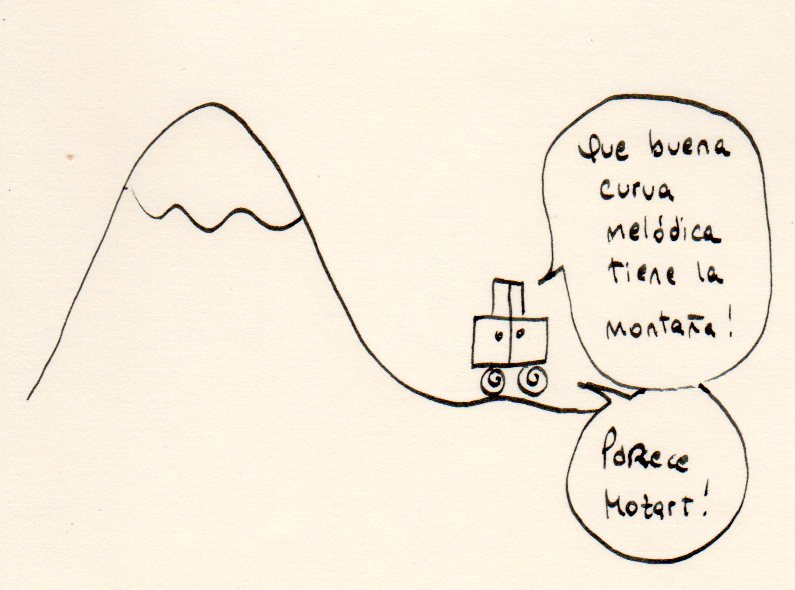 An often-cited definition of music, coined by Edgard Varèse, is that “music is organized sound.” In my perspective, music not only deals with the organization of sound but also lights, colors, objects, words, movements, and the space around. Music is everywhere, music can be anything. Music is something that can be heard, but mainly can be thought. The world had been always there, but it is this particular angle on its perception which makes it musical. And music is therefore everywhere, inside and outside: the world itself becomes a big guitar.
An often-cited definition of music, coined by Edgard Varèse, is that “music is organized sound.” In my perspective, music not only deals with the organization of sound but also lights, colors, objects, words, movements, and the space around. Music is everywhere, music can be anything. Music is something that can be heard, but mainly can be thought. The world had been always there, but it is this particular angle on its perception which makes it musical. And music is therefore everywhere, inside and outside: the world itself becomes a big guitar.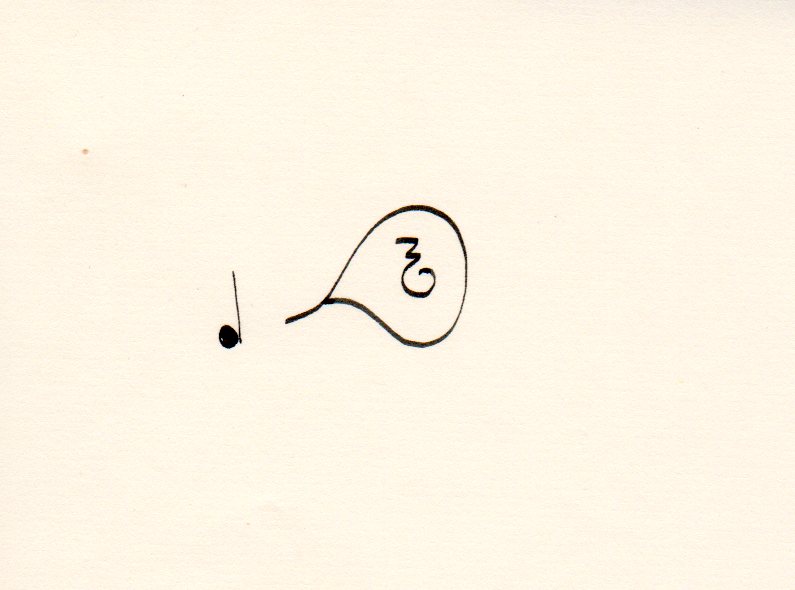 I was progressively extending the habitat of chamber music to other experiences that are not necessarily based on sound but can be perceived as music. We know that music is something that can be heard but also can be seen and thought. Music is a way of understanding the world. And sometimes it sounds.
I was progressively extending the habitat of chamber music to other experiences that are not necessarily based on sound but can be perceived as music. We know that music is something that can be heard but also can be seen and thought. Music is a way of understanding the world. And sometimes it sounds. When
When 
 This
This 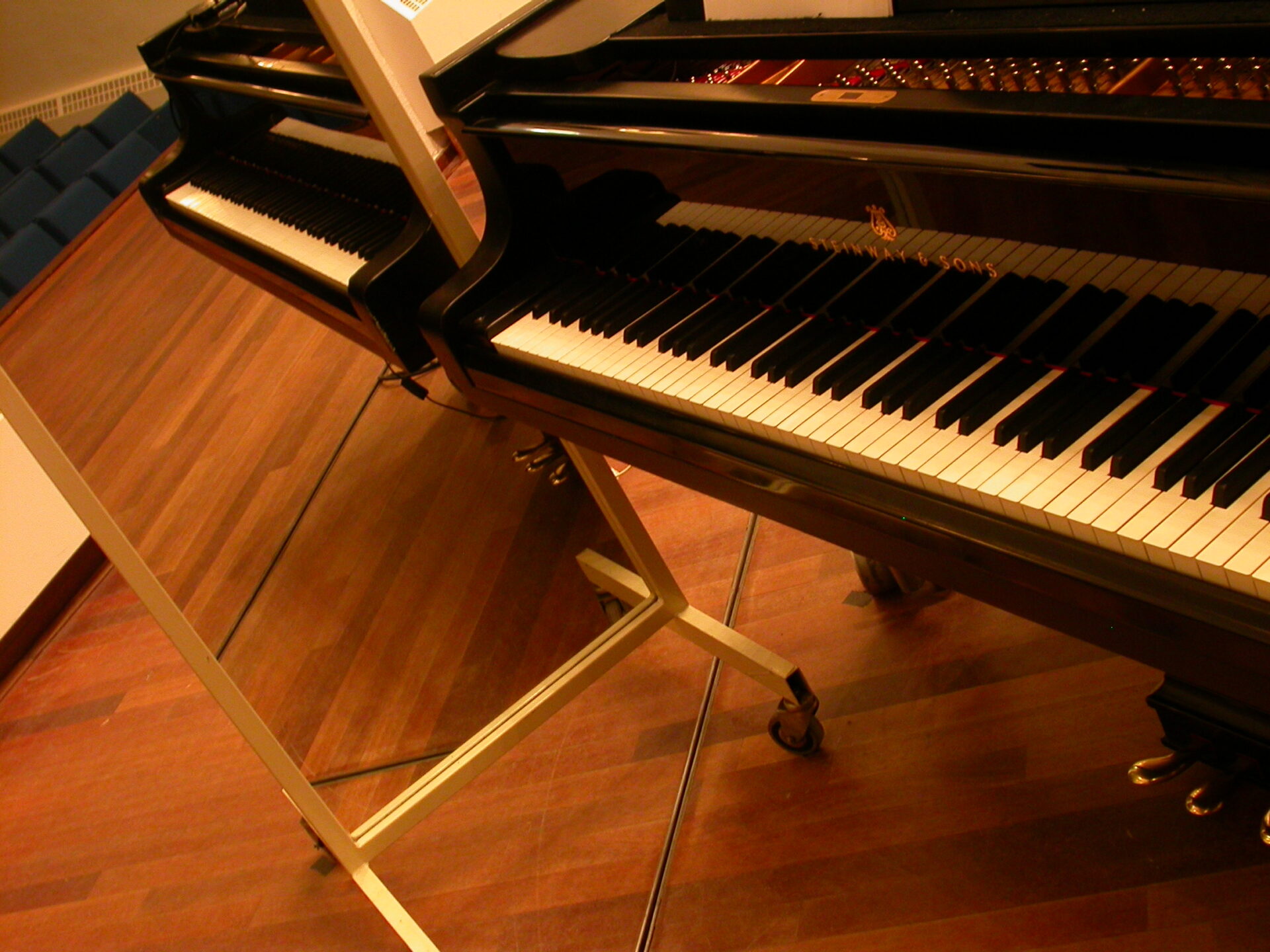
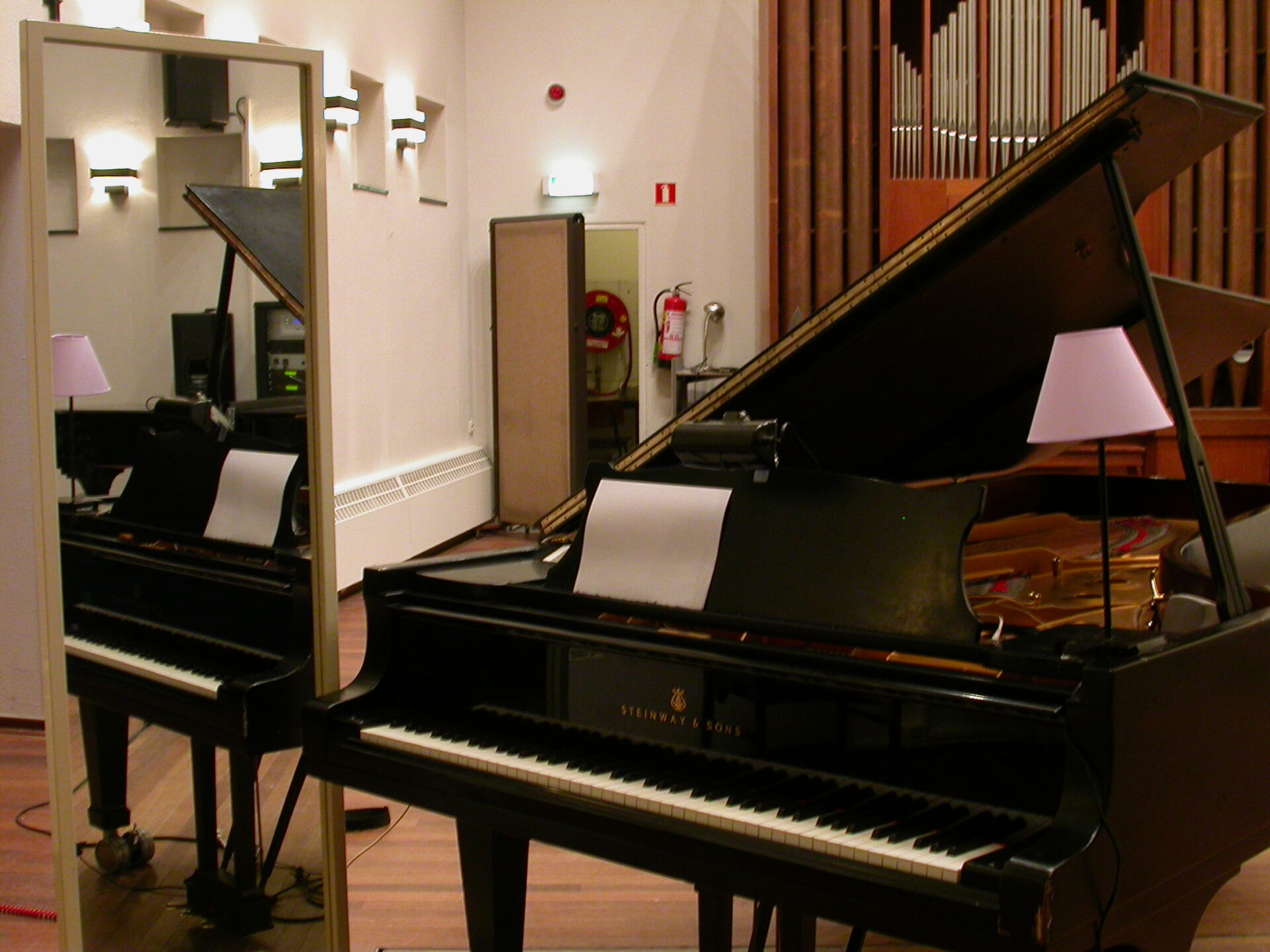
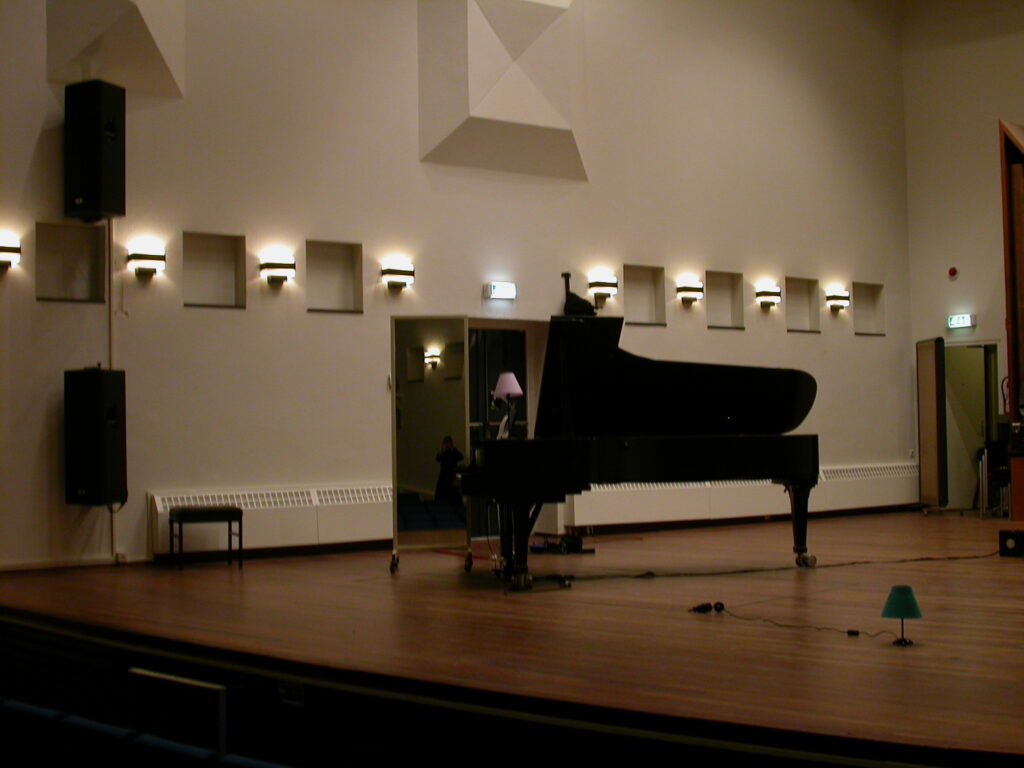

 Martín
Martín



